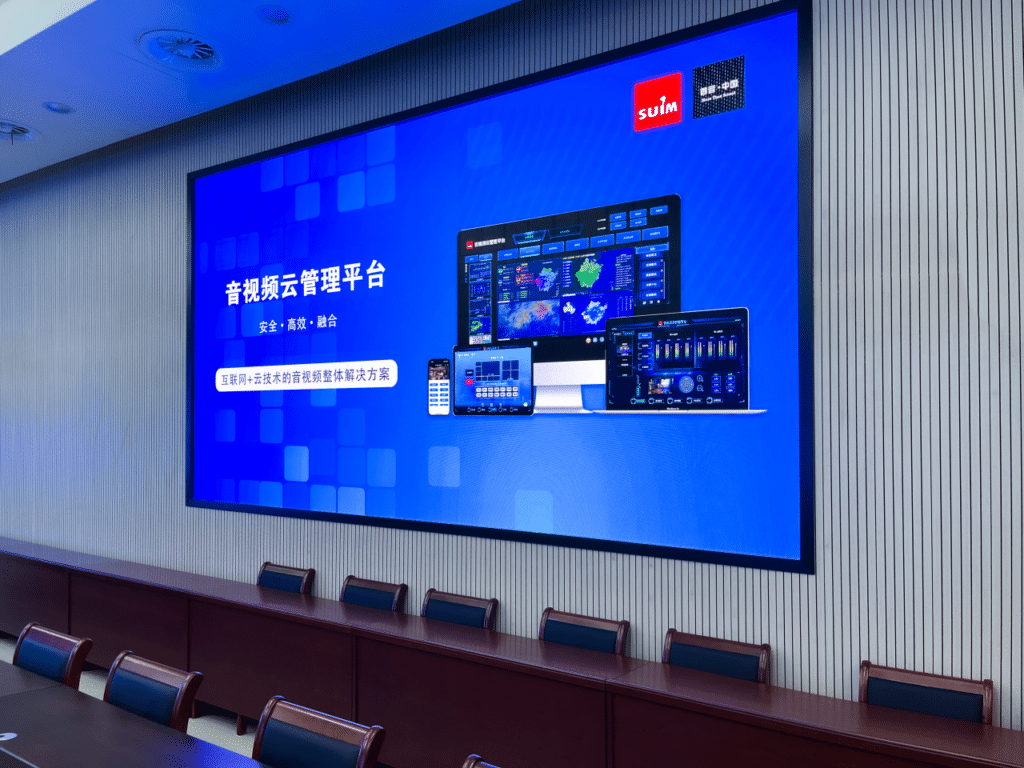
Understanding LED Packaging Technologies: SMD, COB, MIP, and GOB Explained!
With the rise of Mini & Micro LED technology, the battle between COB (Chip on Board) and MIP (Mini/Micro LED in Package) has intensified. The choice of packaging technology is crucial for LED display performance and cost efficiency.
So, what are the differences between SMD, COB, MIP, and GOB? Let’s break it down! 🚀
1️⃣ What is SMD (Surface-Mounted Device)?
🔹 How it Works:
SMD is the traditional LED packaging technology that encapsulates separate red, green, and blue (RGB) LED chips into individual lamp beads. These lamp beads are then soldered onto a PCB board using SMT (Surface Mount Technology) to create LED display modules, which are then assembled into large LED screens.
✅ Advantages of SMD:
✔️ Mature & widely used technology.
✔️ Cost-effective for standard pitch LED displays.
✔️ Easy maintenance with replaceable LED beads.
❌ Limitations of SMD:
❌ Gaps between pixels can reduce image uniformity.
❌ Limited viewing angles and weaker black consistency.
❌ More prone to damage due to exposed LED beads.
📌 Use Cases: Indoor & outdoor LED displays, advertising billboards, rental displays.
📸 Example: Black Diamond Series P2.5 Singapore Project
(A high-resolution SMD LED display delivering vibrant visuals in a commercial setting.)
2️⃣ What is COB (Chip on Board)?
🔹 How it Works:
COB is an advanced packaging method where multiple RGB LED chips are directly mounted on a PCB board, then covered with an encapsulation layer to form a single, seamless LED module.
There are two main COB types:
- Traditional COB (Wire-Bonded): Limited by bonding wire constraints, affecting light uniformity.
- Flip-Chip COB (Advanced Technology): Eliminates bonding wires, resulting in higher reliability, better black consistency, and superior visual performance.
✅ Advantages of COB:
✔️ Seamless, ultra-fine pitch display with perfect black consistency.
✔️ More durable – resistant to water, dust, and impact.
✔️ Lower power consumption & better heat dissipation (ideal for long-term operation).
✔️ Enhanced close-up viewing experience – great for Micro LED applications.
❌ Limitations of COB:
❌ Higher initial cost (but becoming more affordable).
❌ Requires pre-shipment screen calibration for uniform brightness.
📌 Use Cases: Conference rooms, control centers, high-end home theaters, XR virtual production.
📸 Example: Black Elite Series P1.5 Domestic Project
(A state-of-the-art COB display providing stunning clarity for professional environments.)
3️⃣ What is MIP (Mini/Micro LED in Package)?
🔹 How it Works:
MIP technology divides Mini/Micro LED chips into smaller units (individual or multi-chip packages) before mounting them onto a PCB board using SMT technology. This “divide and conquer” approach improves efficiency and allows precise color calibration.
✅ Advantages of MIP:
✔️ Better consistency & uniform brightness.
✔️ Lower power loss, improving energy efficiency.
✔️ Ideal for fine-pitch displays and high-resolution panels.
✔️ Compatible with various substrates & display types (great for scalable manufacturing).
❌ Limitations of MIP:
❌ Requires high-precision assembly & pixel calibration.
❌ Higher production complexity compared to traditional SMD.
📌 Use Cases: High-end cinema displays, XR virtual production, ultra-HD smart TVs, advanced control rooms.
📸 Example: Magic Cube Series P1.5 Thailand Project
(An advanced MIP-based LED display delivering ultra-high definition and cinematic-grade color accuracy.)
4️⃣ What is GOB (Glue on Board)?
🔹 How it Works:
GOB is a protective enhancement for SMD and other LED displays, where a special transparent glue layer is applied over the LED module.
✅ Advantages of GOB:
✔️ Superior protection – waterproof, dustproof, anti-static, impact-resistant.
✔️ Better color contrast & viewing angles due to a matte surface effect.
✔️ Eliminates Moiré patterns and reduces eye fatigue.
❌ Limitations of GOB:
❌ Slightly higher cost compared to standard SMD.
❌ Not as seamless as COB or MIP.
📌 Use Cases: Outdoor LED billboards, high-traffic digital displays, rugged commercial applications.
📸 Example: GOB technology applied to LED display walls for high-impact public spaces.
🔍 SMD vs. COB vs. MIP vs. GOB – Which One to Choose?
| Feature | SMD | COB | MIP | GOB |
|---|---|---|---|---|
| Pixel Density | ⭐⭐⭐ | ⭐⭐⭐⭐⭐ | ⭐⭐⭐⭐⭐ | ⭐⭐⭐ |
| Durability | ⭐⭐ | ⭐⭐⭐⭐⭐ | ⭐⭐⭐⭐ | ⭐⭐⭐⭐ |
| Energy Efficiency | ⭐⭐ | ⭐⭐⭐⭐⭐ | ⭐⭐⭐⭐ | ⭐⭐⭐ |
| Close-Range Viewing | ⭐⭐ | ⭐⭐⭐⭐⭐ | ⭐⭐⭐⭐⭐ | ⭐⭐⭐ |
| Contrast & Black Consistency | ⭐⭐ | ⭐⭐⭐⭐⭐ | ⭐⭐⭐⭐ | ⭐⭐⭐ |
| Cost Efficiency | ⭐⭐⭐⭐ | ⭐⭐⭐ | ⭐⭐⭐ | ⭐⭐⭐⭐ |
Each packaging technology has its own advantages and best-use scenarios. Choosing the right one depends on your project needs, display resolution, durability requirements, and budget.
🔮 Future Outlook: The Rise of Mini & Micro LED
With continuous technological advancements and cost reductions, Mini & Micro LED will become widely adopted across industries.
- COB vs. MIP – A Competitive Yet Complementary Battle
📌 COB excels in ultra-fine-pitch displays.
📌 MIP leads in production scalability and energy efficiency.
📌 Both have unique strengths rather than being direct replacements.
At Uniview, we carefully analyze customer needs to offer the best-fit LED packaging solutions for various applications.
💬 What are your thoughts on these technologies? Which one do you prefer for your projects? Drop a comment below and let’s discuss! 👇